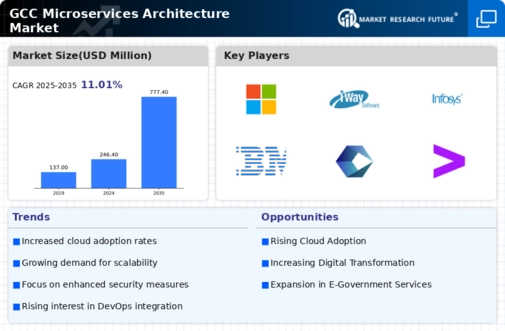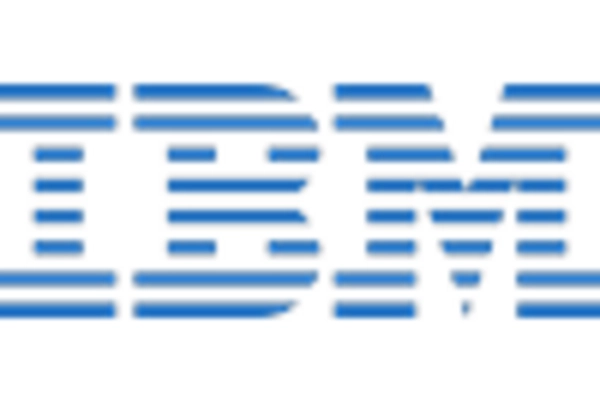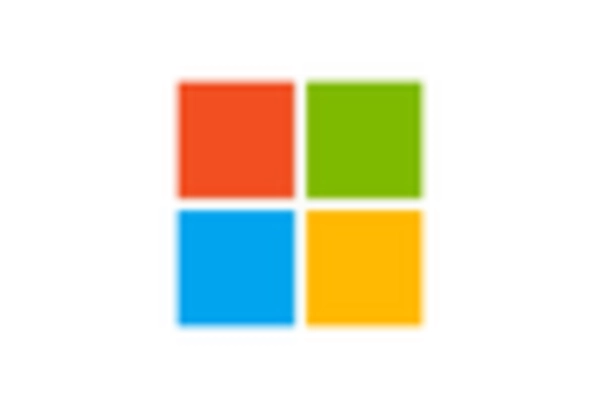Support for DevOps Practices
The adoption of DevOps practices is becoming increasingly prevalent in the GCC, serving as a catalyst for the microservices architecture market. This approach emphasizes collaboration between development and operations teams, facilitating faster and more reliable software delivery. Microservices architecture aligns well with DevOps principles by enabling teams to work on individual services independently, thus enhancing overall productivity. Studies indicate that organizations implementing DevOps can reduce deployment failures by 30% and recovery times by 50%. As more companies embrace DevOps methodologies, the demand for microservices architecture is expected to rise, further propelling market expansion.
Growing Demand for Scalability
The microservices architecture market is experiencing a notable surge in demand for scalability among organizations in the GCC. As businesses expand, they require systems that can efficiently handle increased workloads without compromising performance. This architecture allows for the independent scaling of services, which is particularly beneficial for enterprises aiming to optimize resource allocation. According to recent data, the scalability offered by microservices can lead to a reduction in operational costs by up to 30%. This flexibility is crucial for companies in the GCC, where rapid growth and market fluctuations necessitate agile IT solutions. Consequently, the growing demand for scalable solutions is a significant driver in the microservices architecture market.
Enhanced Operational Efficiency
Operational efficiency remains a critical focus for organizations in the GCC, driving the microservices architecture market forward. By breaking down applications into smaller, manageable services, companies can streamline their development processes and reduce time-to-market. This architecture promotes continuous integration and delivery, which can enhance productivity by as much as 40%. Furthermore, the ability to deploy updates independently minimizes downtime, allowing businesses to maintain service availability. As organizations strive to improve their operational workflows, the adoption of microservices architecture is likely to become increasingly prevalent, thereby propelling market growth.
Increased Focus on Customer Experience
In the GCC, enhancing customer experience is a top priority for many organizations, which is influencing the microservices architecture market. Companies are leveraging microservices to create more personalized and responsive applications that cater to customer needs. This architecture allows for rapid iteration and deployment of features, enabling businesses to adapt quickly to changing consumer preferences. Data suggests that organizations that prioritize customer experience can achieve a revenue increase of up to 25%. As customer expectations continue to evolve, the focus on improving user engagement through microservices is likely to drive market growth.
Rising Need for Digital Transformation
Digital transformation initiatives are gaining momentum across various sectors in the GCC, significantly impacting the microservices architecture market. Organizations are increasingly recognizing the necessity of modernizing their IT infrastructure to remain competitive. Microservices architecture facilitates this transformation by enabling the integration of legacy systems with new technologies, thus fostering innovation. Reports indicate that companies investing in digital transformation are likely to see a return on investment of up to 200% within three years. This urgent need for modernization is driving the adoption of microservices, as businesses seek to enhance their agility and responsiveness to market demands.

















Leave a Comment